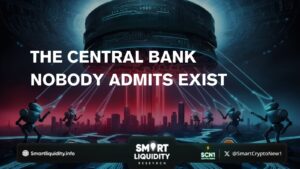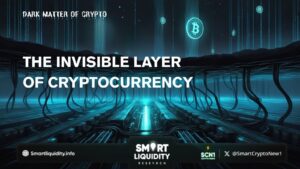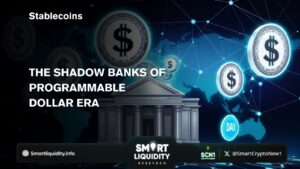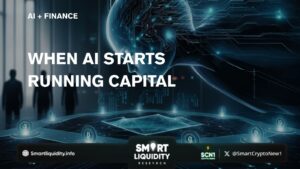a16z invests in Gensyn
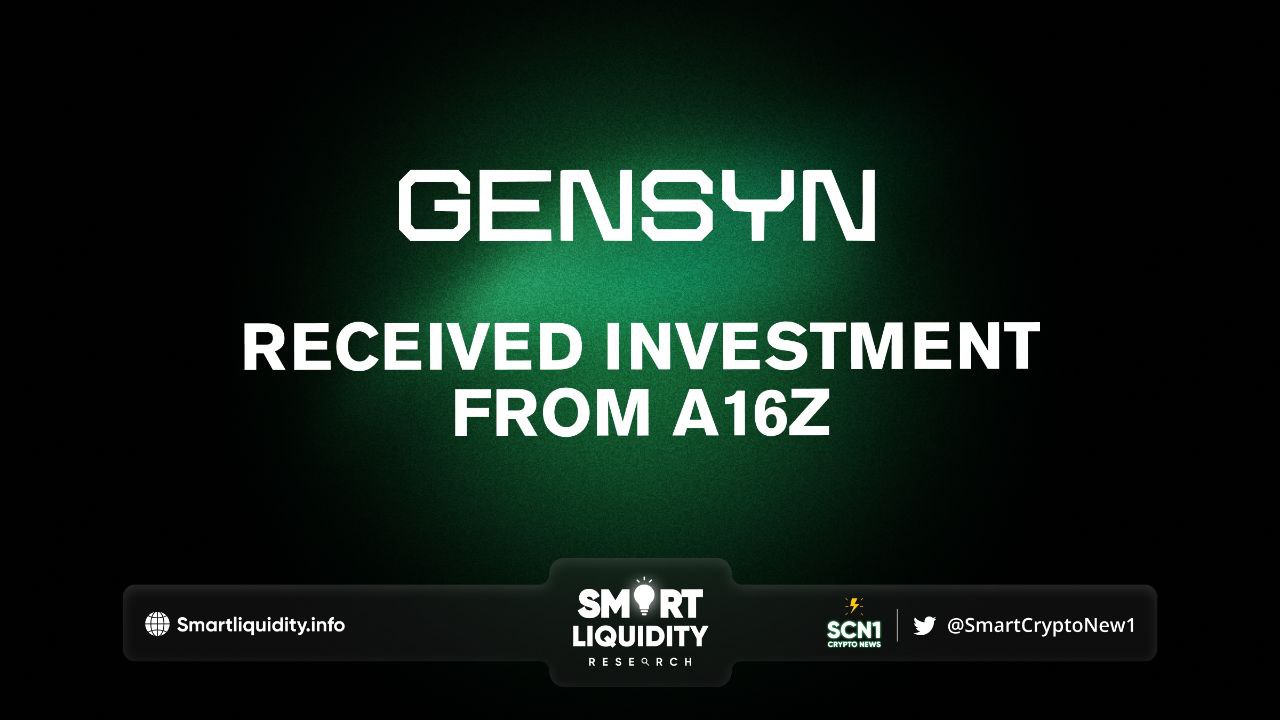

a16z invests in Gensyn a blockchain-based marketplace protocol connecting developers (anyone who can train a machine learning model) with solvers (anyone who wants to train a machine learning model).
By tapping into the long tail of idle, machine-learning-capable computing around the world — such as in smaller data centers, personal gaming computers, M1 and M2 Macs, and eventually even smartphones — Gensyn can potentially 10-100x the available compute power for machine learning.
We’ve had the privilege to get to know Ben and Harry over the past few years, and nobody better combines the knowledge and cultural understanding of both the AI and crypto cypherpunk world. We’re impressed with their ambition and the scale of their vision and believe in their ability to execute it. Today, we’re thrilled to announce that we’re leading Gensyn’s Series A. —The founders of Gensyn are Harry Grieve and Ben Fielding
Today, we’re thrilled to announce that we’re leading Gensyn’s Series A. We’re looking forward to partnering with them on their mission to make infrastructure for AI much more widely accessible. — a16z
Gensyn is a blockchain-based marketplace protocol that enables developers to build AI systems using connected hardware while paying on demand. It uses a cryptographic verification system to give users confidence that the machine-learning work sent via the protocol has been completed correctly.
In addition, the Gensyn network is the Machine Learning Compute Protocol that unites all of the world’s computing into a global supercluster, accessible anytime.
Peer-to-Peer; no margins
The Gensyn protocol disintermediates cloud oligopolists like AWS and does not charge a margin. This sharply lowers the cost of computing.
Universal supply of devices
ABOUT Gensyn
The Gensyn Protocol is a layer-1 trustless protocol for deep learning computation that directly and immediately rewards supply-side participants for pledging their compute time to the network and performing ML tasks. The protocol requires no administrative overseer or legal enforcement, rather facilitating task distribution and payments programmatically through smart contracts. As described above, the fundamental challenge in building this network is the verification of completed ML work. This is a highly complex problem that sits at the intersection of complexity theory, game theory, cryptography, and optimization.
